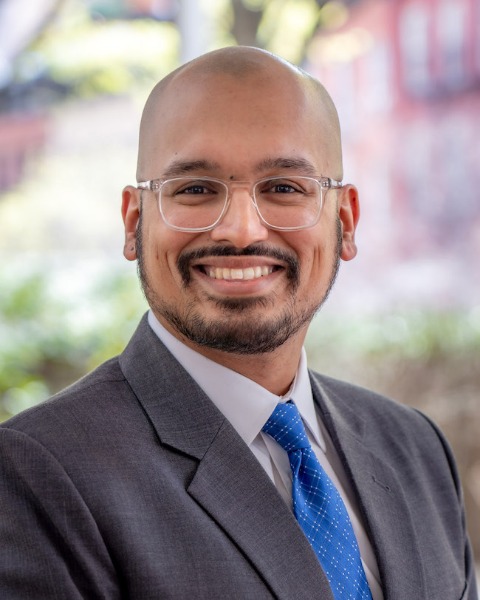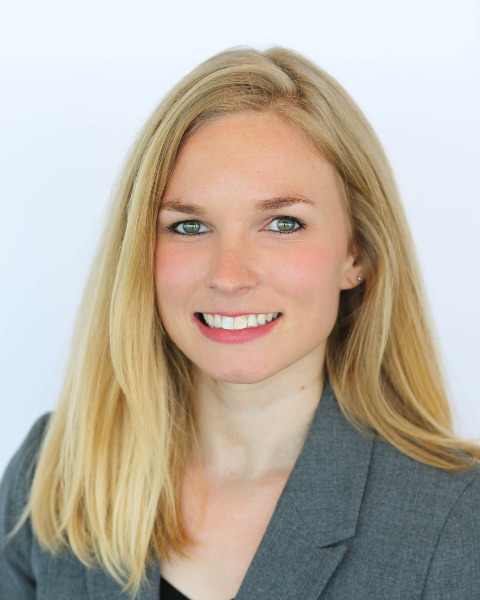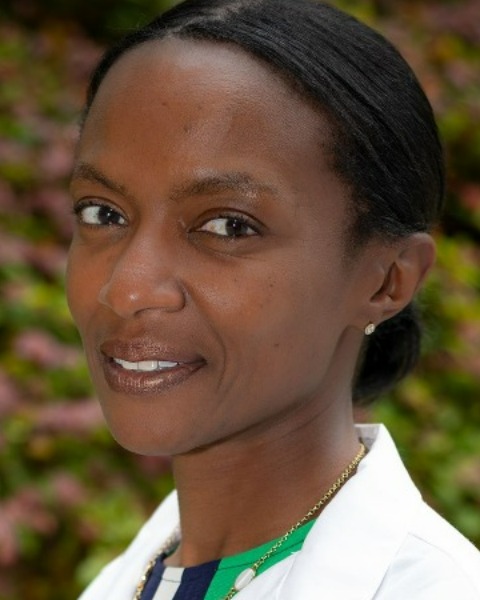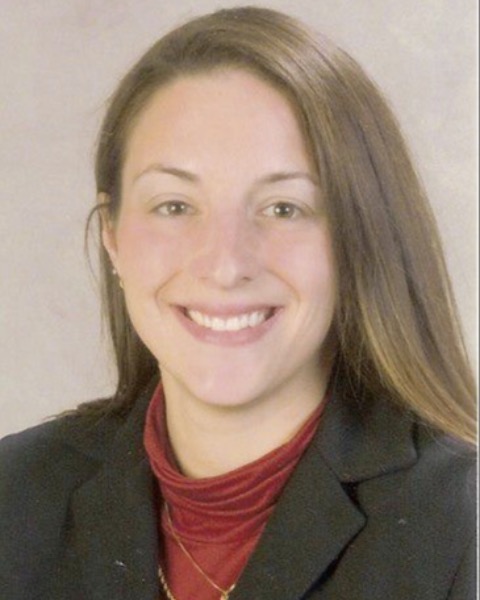Poster Session 1
(296) Maternal Age and Elective Inductions of Labor in Nulliparous Patients: a multicenter cohort study

Minhazur R. Sarker, MD (he/him/his)
Fellow
University of California, San Diego
San Diego, California, United States
Dana R. Canfield, MD
Maternal Fetal Medicine Fellow
UC San Diego Health
San Diego, CA, United States- GN
Grace Noonan
University of California San Diego
San Diego, California, United States - GP
Gregory W. Poorman, MPH
Dorsata, Inc.
Arlington, Virginia, United States - BL
Barbara Levy, MD
Dorsata, Inc.
Arlington, Virginia, United States - PE
Patrick Edmundson, BA
Dorsata, Inc.
Arlington, Virginia, United States 
Ukachi N. Emeruwa, MD, MPH (she/her/hers)
Assistant Professor/Women's Reproductive Health Research Scholar
University of California, San Diego
San Diego, California, United States
Cynthia Gyamfi-Bannerman, MD, MS (she/her/hers)
Professor and Chair
University of California, San Diego
San Diego, California, United States
Leah M. Lamale-Smith, MD
Assistant Clinical Professor
University of California San Diego
San Diego, California, United States
Submitting Author and Presenting Author(s)
Coauthor(s)
We aimed to investigate whether advanced maternal age is associated with adverse outcomes in nulliparous women undergoing elective induction of labor (eIOL).
Study Design:
We queried a multicenter outpatient electronic medical record to perform a retrospective cohort study of nulliparous women undergoing eIOL between 39w0d to 40w6d from January 2017 to June 2024. To investigate the relationship between age and eIOL, we created multiple study cohorts: 1) age < 35, 2) age 35-39, and 3) age ≥ 40. We excluded pregnancies complicated by multifetal gestation, oligohydramnios, hypertensive disorders, diabetes requiring treatment, autoimmune disorders, or fetal growth restriction. The primary outcome of interest was the rate of cesarean delivery (CD). Chi-square, ANOVA, and Mann-Whitney U tests were performed to determine statistical significance, and a multivariable logistic regression determined the strength of associations. All statistical analyses were performed on SPSS version 29.
Results:
Of the 84,156 eligible patients, 932 met our inclusion criteria with 728 (78.1%), 141 (15.1%), and 63 (6.8%) with age< 35, age 35-39, and age ≥ 40, respectively. We noted a difference in rates of in vitro fertilization (IVF) but otherwise no baseline differences (Table 1). We found an increased incidence of CD with increasing age (25.8% for age< 35, 41.1% for age 35-39, and 55.6% for age ≥ 40, p< 0.01) (Table 2). After adjusting for confounders including pre-pregnancy BMI, diet-controlled gestational diabetes, and IVF and using age < 35 as the base comparator, this relationship remained consistent (age 35-39 adjusted OR 1.82 (95% CI 1.14-2.91) and age ≥ 40 adjusted OR 3.70 (95% CI 1.90-7.22)) (Table 2). Aside from cesarean for arrest of dilation, there were no significant differences noted in the indications for CD or other adverse outcomes (Table 2).
Conclusion:
Although similar to trends seen in CD rates with maternal age in the overall population, this specific insight into the nulliparous population undergoing eIOL can be incorporated into counseling for nulliparous pregnancies complicated by advanced maternal age.

